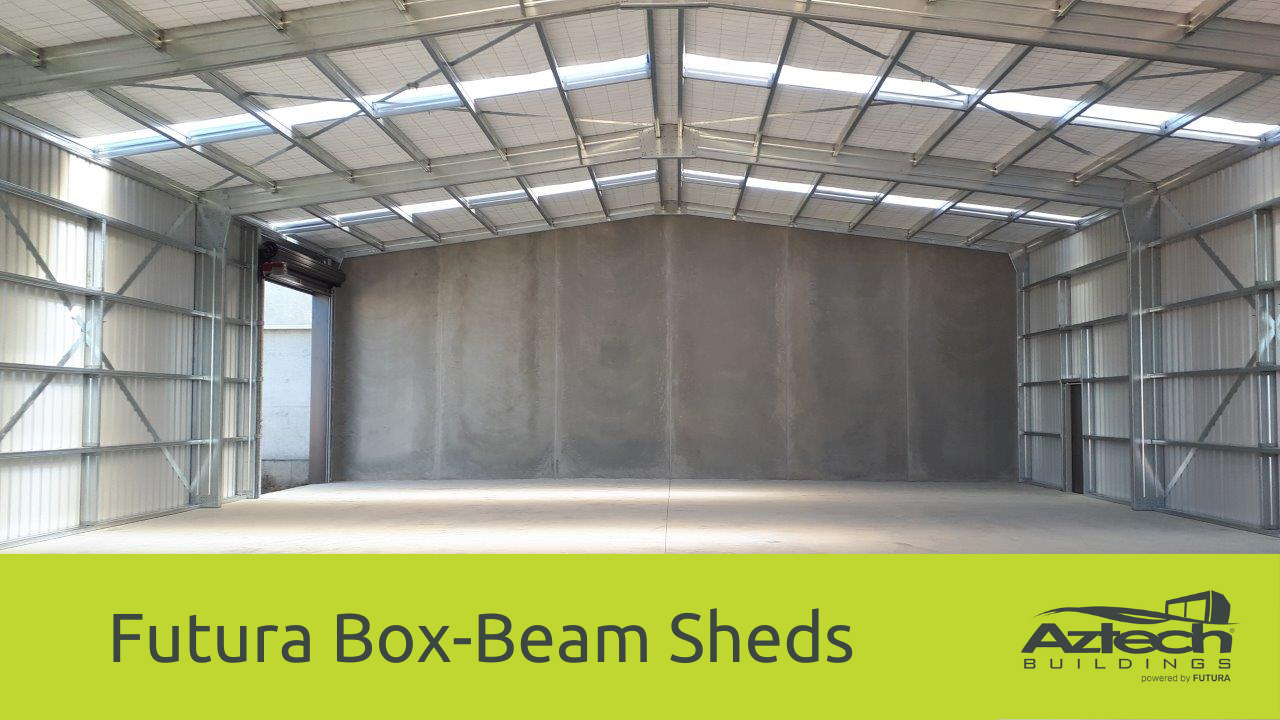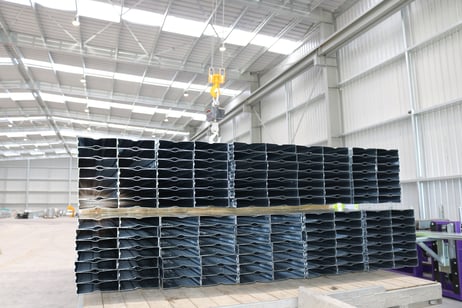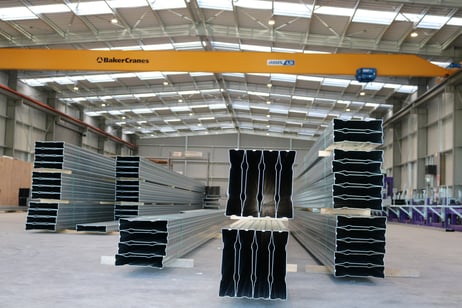
Cold Formed Steel Vs Hot rolled Steel
Cold-formed steel (CFS) offers several advantages over traditional products, particularly in construction and manufacturing. Some of these advantages include:
-
Cost-effective: Cold-formed steel is more cost-effective than hot-rolled steel. The manufacturing process is efficient, and the material is readily available, leading to lower production costs.
-
Lightweight: Compared to traditional steel, cold-formed steel is lighter, making it easier to handle and transport. This can result in reduced construction time and lower transportation costs.
-
High strength-to-weight ratio: Despite its lightweight nature, cold-formed steel maintains high strength-to-weight ratio, making it an excellent choice for structures where strength is essential.
-
Consistent quality: Cold-formed steel is produced using automated processes, ensuring consistent quality and dimensional accuracy. This predictability allows for precise design and construction.
-
Versatility in design: Cold-formed steel can be easily shaped and customized to fit various design requirements. This flexibility allows architects and engineers to create innovative and complex designs with ease.


-
Resistance to fire and rotting: Cold-formed steel is non-combustible, offering better fire resistance than wood products. Additionally, it is not susceptible to rotting, which can be a significant concern for traditional wood-based construction.
-
Sustainable and recyclable: Cold-formed steel is an eco-friendly choice as it is made from recycled steel and is itself fully recyclable at the end of its life cycle.
-
Reduced construction time: The lightweight nature of cold-formed steel and its ease of handling allow for faster construction compared to traditional methods, resulting in cost savings.
-
Durability and longevity: Cold-formed steel has excellent durability and can withstand harsh weather conditions without degradation, ensuring the longevity of the structures built with this material.
-
Reduced construction waste: The precise manufacturing process of cold-formed steel reduces wastage, making it a more sustainable option compared to other construction materials.
-
Resistance to shrinkage and warping: Cold-formed steel is less susceptible to shrinkage and warping, which can be a concern with wood-based products, resulting in more stable structures.
-
Compliance with building codes and standards: Cold-formed steel meets or exceeds various building codes and standards, ensuring that structures constructed with this material are safe and compliant.
Overall, the advantages of cold-formed steel make it an attractive option for a wide range of construction and manufacturing applications, providing cost-efficiency, durability, and sustainability. However, it's essential to consider specific project requirements and consult with professionals to determine the most suitable material for each application.